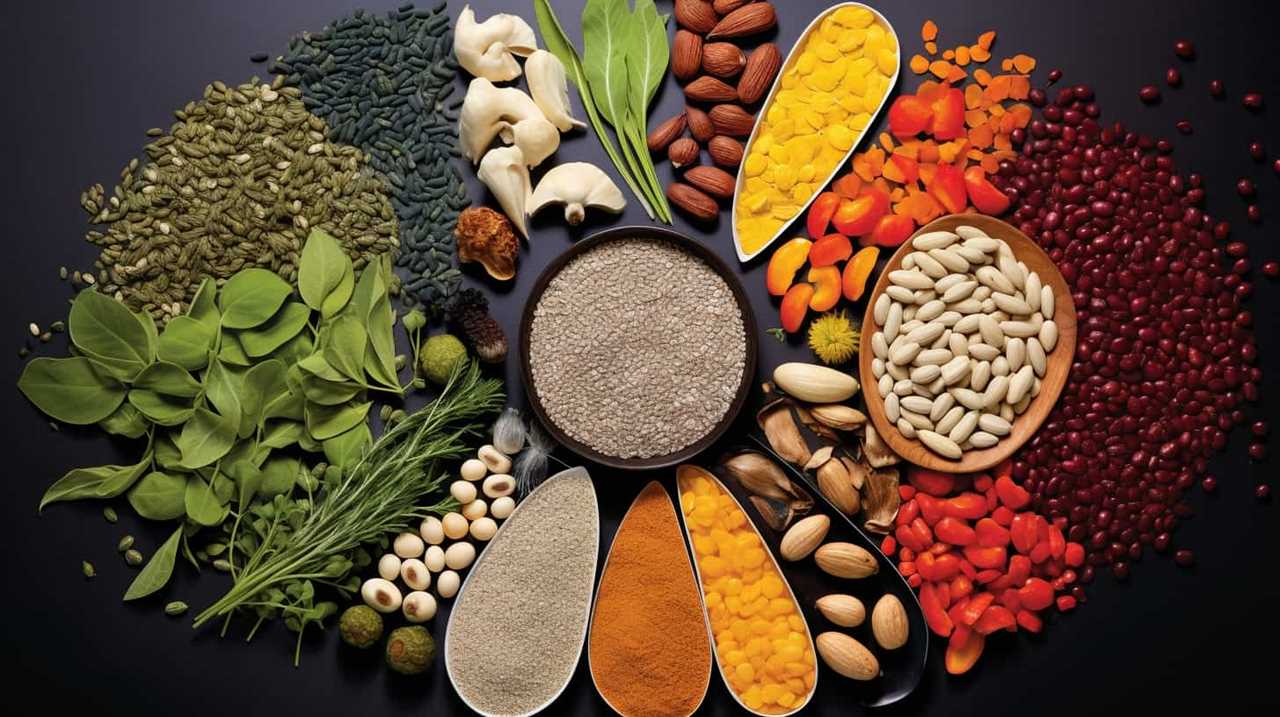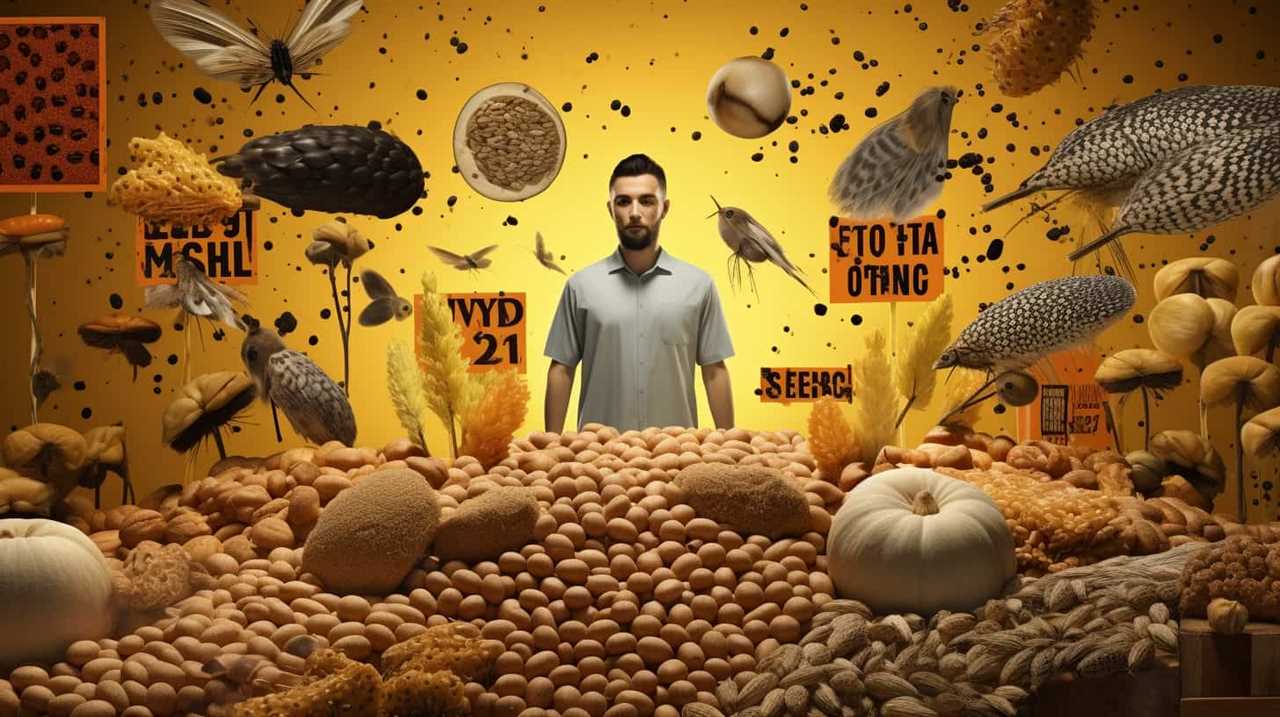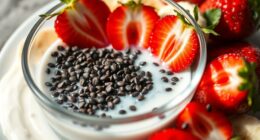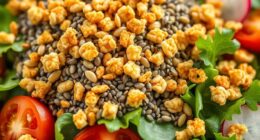Tired of struggling to boost your profits from seed farming? Look no further!
In this article, we will reveal the secrets to optimizing conditions for profitable seed cultivation. We have extensively researched soil requirements, climate and temperature, watering and irrigation, light and sun exposure, as well as pest and disease management.
Let us liberate you from the burden of trial and error.
Get ready to revolutionize your seed cultivation business and watch your profits soar!
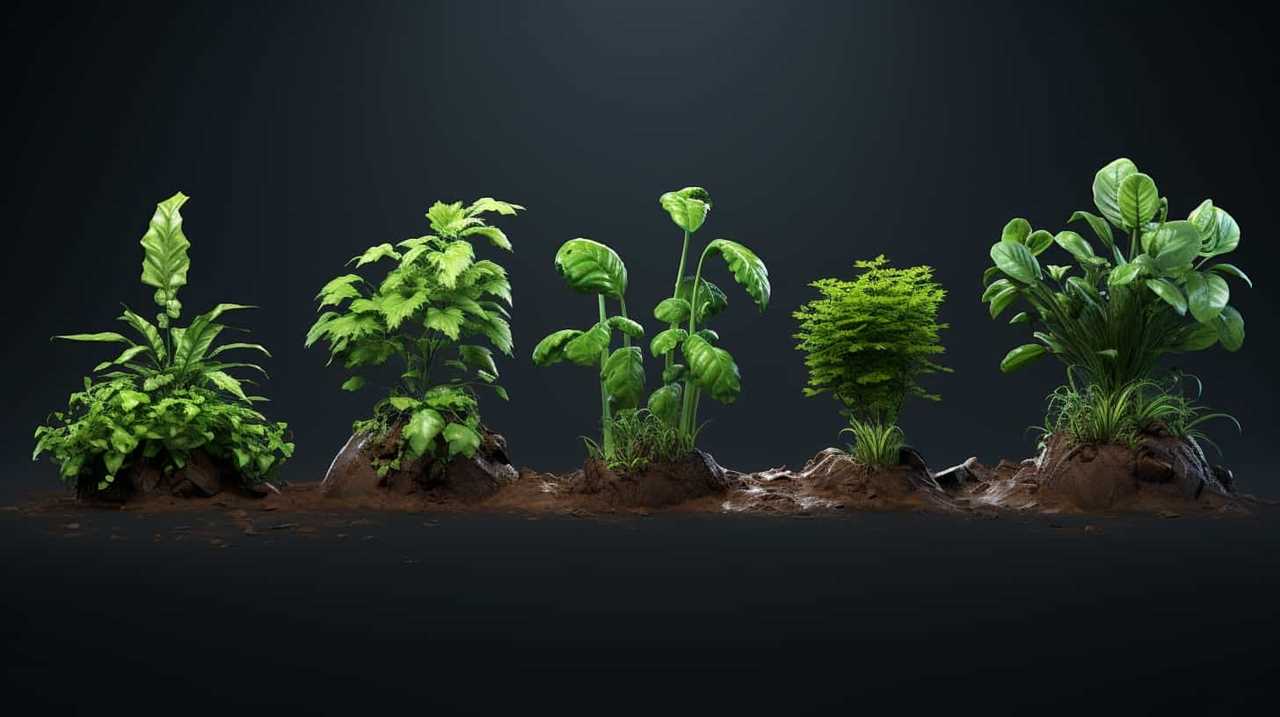
Key Takeaways
- Well-balanced soil composition and nutrient levels are crucial for profitable seed cultivation.
- Understanding and optimizing local climate and temperature conditions is essential for seed development.
- Efficient watering and irrigation techniques, such as drip irrigation, promote healthy root development and water conservation.
- Proper light and sun exposure management, including providing appropriate light intensity and mimicking natural day and night cycles, is important for optimal plant growth and profitability.
Soil Requirements
What are the essential soil requirements for profitable seed cultivation?
To ensure successful and profitable seed cultivation, it’s crucial to pay close attention to soil composition and nutrient levels.
The composition of the soil plays a significant role in the growth and development of seeds. A well-balanced soil composition, consisting of the right proportions of sand, silt, and clay, provides an ideal environment for seed germination and root establishment.
Additionally, maintaining optimal nutrient levels is vital for the healthy growth of seeds. Adequate amounts of essential nutrients such as nitrogen, phosphorus, and potassium are necessary for proper seed development and yield.

Regular soil testing and analysis can help determine the nutrient levels and ensure the necessary adjustments are made to achieve maximum profitability in seed cultivation.
Climate and Temperature
To maximize profitability in seed cultivation, we prioritize optimizing the climate and temperature conditions. Here are four key factors to consider:
- Growing season: Understanding the local growing season is crucial for seed cultivation. Different crops have different temperature requirements during germination, growth, and flowering stages. By aligning planting schedules with the optimal growing season, we can ensure the best conditions for seed development.
- Microclimates: Microclimates are small-scale variations in climate within a larger area. Identifying microclimates allows us to capitalize on favorable conditions for seed cultivation. Factors such as elevation, shade, and wind patterns can create microclimates with different temperature ranges. By selecting suitable locations within these microclimates, we can enhance seed quality and yield.
- Temperature extremes: Extreme temperatures, whether too high or too low, can negatively impact seed development. Monitoring and managing temperature extremes through shading, insulation, or irrigation techniques can help mitigate their effects on seed quality.
- Climate patterns: Understanding long-term climate patterns is essential for seed cultivation. Climate change can influence temperature fluctuations, precipitation levels, and overall environmental conditions. By adapting cultivation practices to changing climate patterns, we can ensure the continued profitability of seed cultivation.
Considering these factors will allow us to optimize climate and temperature conditions for profitable seed cultivation.
Now, let’s explore the next crucial aspect: watering and irrigation techniques.
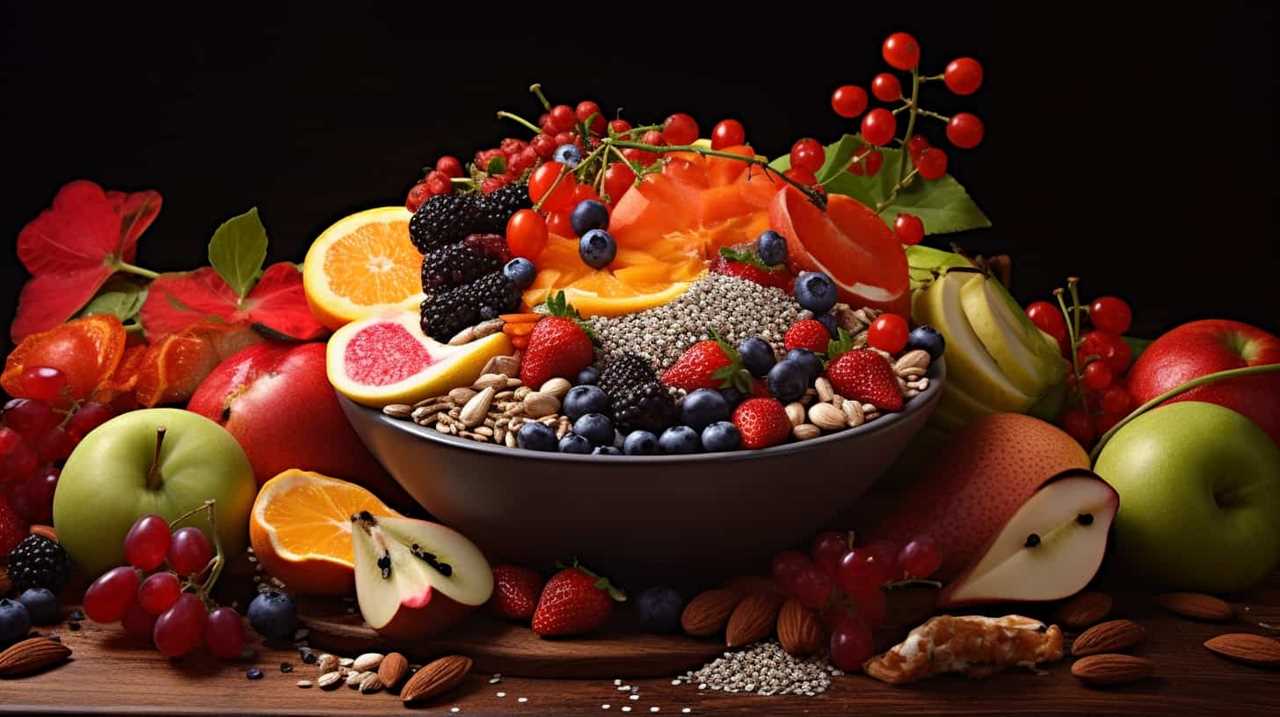
Watering and Irrigation
We frequently employ efficient watering and irrigation techniques to optimize seed cultivation for profitability. Water conservation techniques play a crucial role in our cultivation practices. By implementing these techniques, we’re able to minimize water usage while maximizing crop yield.
One such technique is the use of drip irrigation systems, which deliver water directly to the plant’s root zone in a slow and controlled manner. This ensures that water isn’t wasted through evaporation or runoff.
Drip irrigation systems also allow for precise control over the amount of water each plant receives, promoting healthy root development and reducing the risk of overwatering.
Through the combination of water conservation techniques and drip irrigation systems, we’re able to achieve optimal water efficiency and profitability in our seed cultivation endeavors.
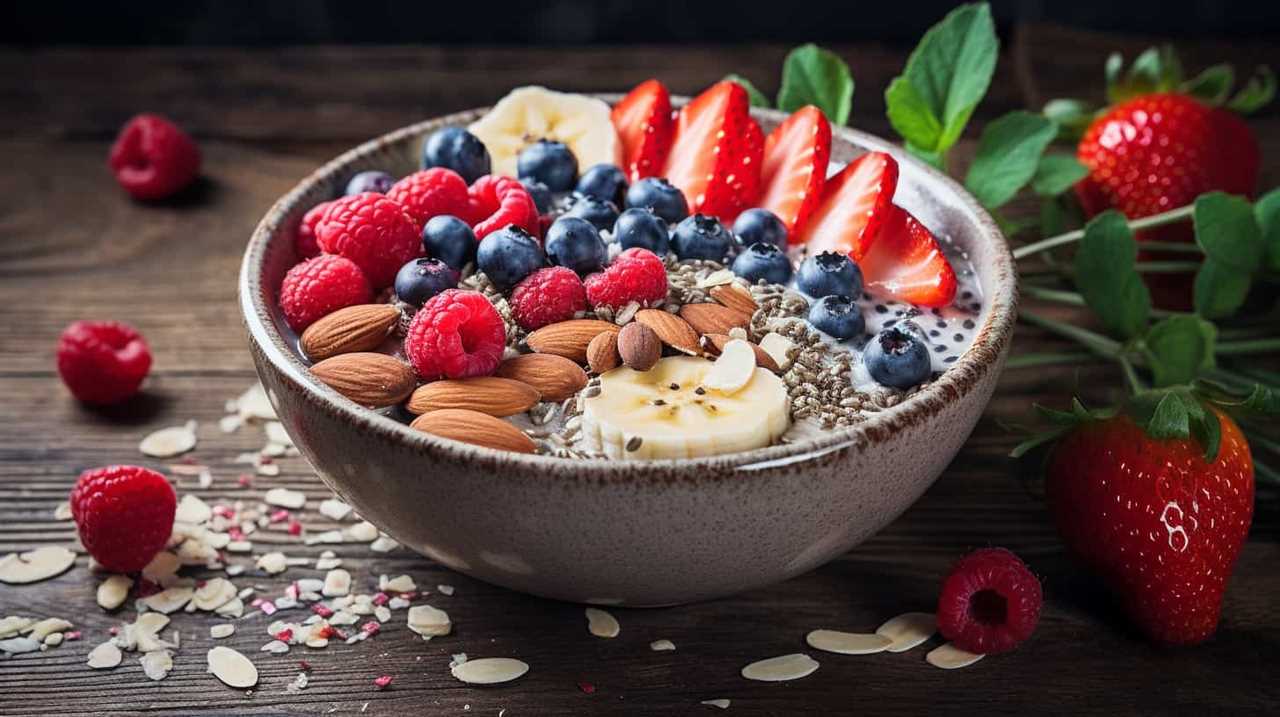
Light and Sun Exposure
Continuing from our efficient watering and irrigation techniques, optimizing light and sun exposure is crucial for maximizing profitability in seed cultivation. Here are four key factors to consider when it comes to light and sun exposure in indoor cultivation:
- Light intensity: Ensure that your plants receive the appropriate amount of light intensity for their growth stage. Measure the light levels using a light meter and adjust the distance between the light source and plants accordingly.
- Light duration: Provide your plants with an appropriate light duration to mimic natural day and night cycles. Most plants require 12-16 hours of light per day during the vegetative stage and 8-12 hours during the flowering stage.
- Light spectrum: Choose a light source that provides the full spectrum of light required for optimal plant growth. Different stages of plant growth may require different light spectrums, such as blue light for vegetative growth and red light for flowering.
- Shade management: Implement shade management techniques to prevent excessive heat and light stress on your plants. Use shading materials or adjustable shades to control the amount of light and heat reaching your plants.
By optimizing light and sun exposure in your indoor cultivation, you can create ideal growing conditions and enhance your seed cultivation profitability.
Now, let’s move on to the next section on pest and disease management.
Pest and Disease Management
When it comes to optimizing conditions for profitable seed cultivation, effective pest and disease management is essential. Integrated pest management (IPM) is a scientific and sustainable approach that aims to minimize the use of chemical pesticides.
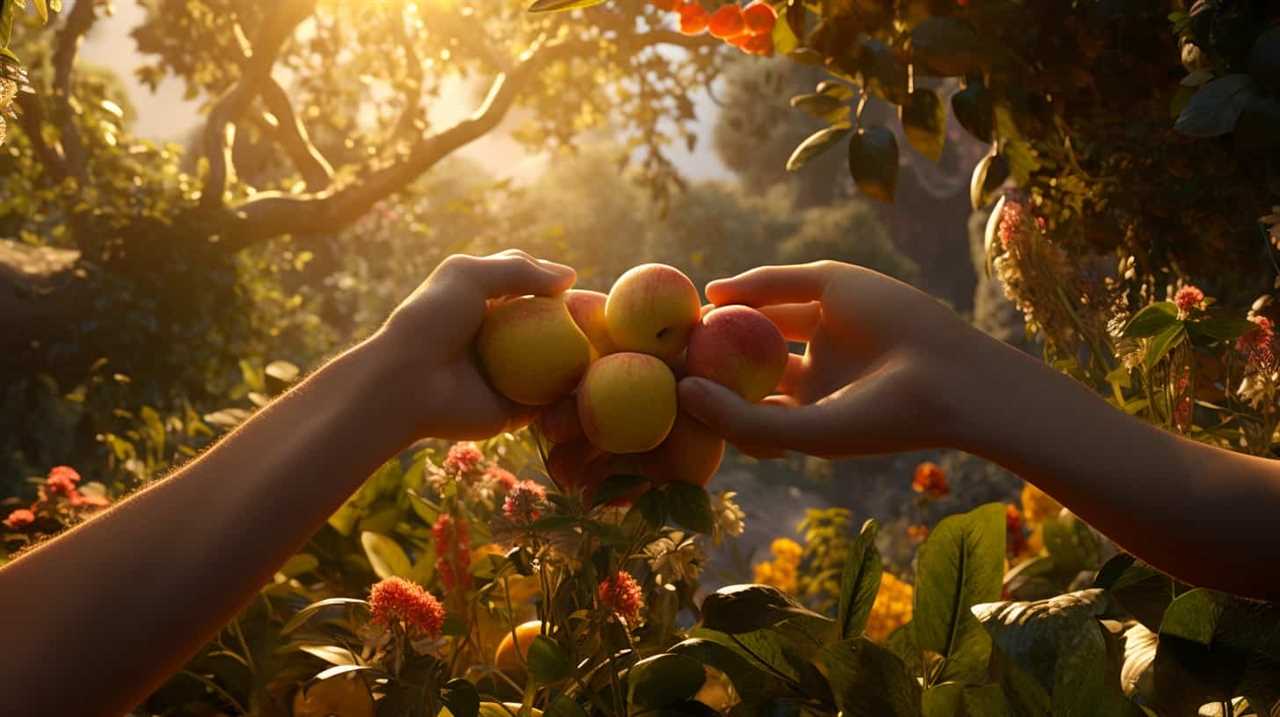
By integrating various pest control methods, such as biological controls, cultural practices, and chemical interventions, IPM helps to maintain pest populations below economically damaging levels. This approach not only reduces the negative impacts of chemical pesticides on the environment but also promotes the overall health and productivity of the crop.
In addition to IPM, organic disease control methods can be implemented to manage plant diseases. These methods include crop rotation, proper sanitation, the use of disease-resistant varieties, and the application of organic fungicides.
Conclusion
In conclusion, optimizing conditions for profitable seed cultivation requires careful consideration of several factors.
By ensuring the soil meets the necessary requirements, maintaining appropriate climate and temperature conditions, providing adequate watering and irrigation, optimizing light and sun exposure, and implementing effective pest and disease management strategies, farmers can maximize their seed yield and profitability.
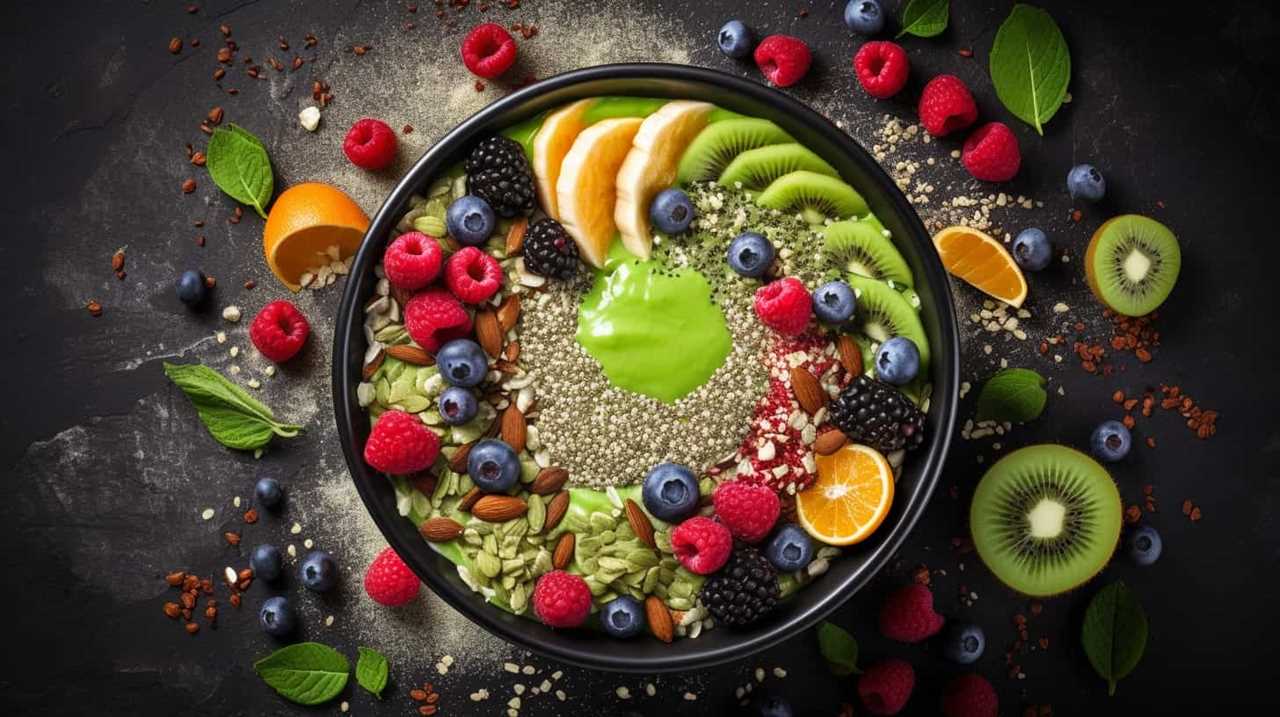
The pursuit of these conditions is crucial, as it can make seed cultivation a veritable gold mine, allowing farmers to reap abundant rewards and flourish in their agricultural endeavors.


